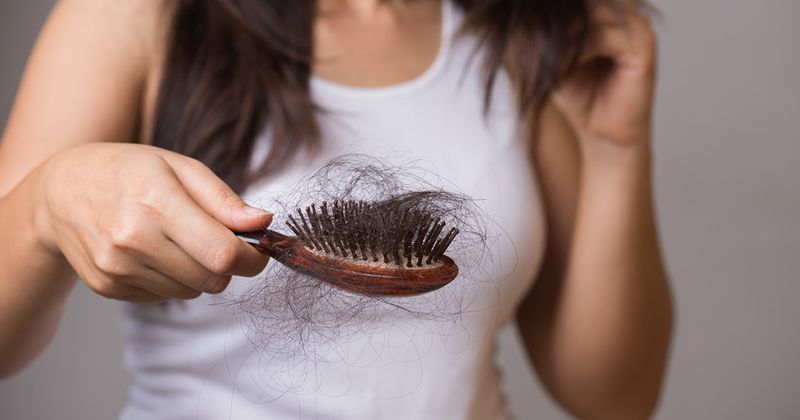JAKs could be future of pediatric alopecia treatment
Click Here to Manage Email Alerts
WAILEA, Hawaii — Janus kinase inhibitors could be the future of alopecia areata treatment in children if research proves them to be safer than current warnings suggest, according to a presenter at the Maui Derm meeting.
“This disproportionately affects children. ... It comes on early in life and causes a lot of problems in the childhood years,” Sheila Friedlander, MD, professor emeritus at UC San Diego School of Medicine and a pediatric dermatologist at Scripps Clinic San Diego, said during her presentation. “When I walk into a room and a patient has [alopecia areata], I sigh because I know there is no easy answer and I also know that this disease that people say is cosmetic is not a cosmetic disease. This is a deforming disease.”

Janus kinase (JAK) inhibitors ruxolitinib, baracitinib and tofacitinib, as well as the tyrosine kinase 2 inhibitor deucravacitinib, in either oral or the more likely topical formulation, could be beneficial for these patients; however, all JAK inhibitors currently carry a boxed warning for major adverse cardiovascular events.
No topical or systemic JAK inhibitor is currently approved for alopecia areata in children; however, baracitinib is approved for the indication in adults and has been studied in juvenile patients with other diseases.
Ruxolitinib is approved for atopic dermatitis treatment in children aged at least 12 years, and oral tofacitinib is approved for juvenile idiopathic arthritis in children aged older than 2 years. There are also studies being conducted for deucravacitinib in the pediatric alopecia population.
“I think JAK inhibitors are really to the rescue for alopecia and more data is being collected,” Friedlander said. “I’m not telling you to put all your kids on oral JAKs, but I want you to realize the importance they play.”
The safety profile of JAK inhibitors is the main caveat to their use in children, and that is something of which to be mindful, Friedlander added.
The use of topicals, as long as the correct vehicle is being used, is one option where the risks could be less than with oral drugs.
Additionally, keeping an open mind to alternative treatments could be beneficial for patients since there is no FDA-approved drug for this indication.
“When a family comes in with this kind of problem, don’t immediately discard these things,” Friedlander said. “There’s some data out there saying it may be helpful.”

